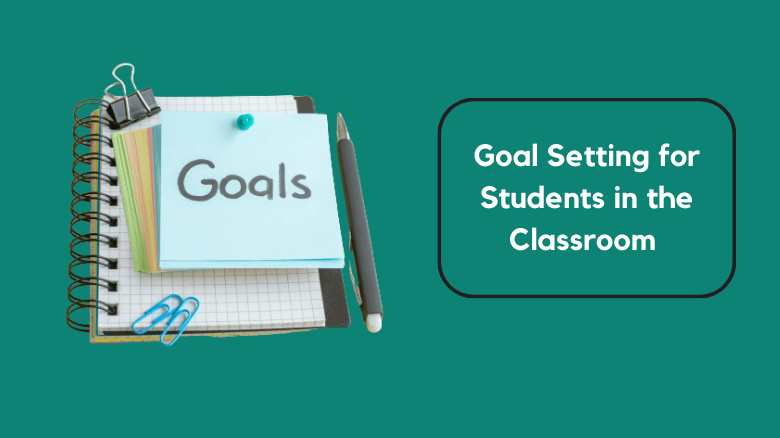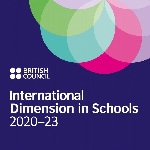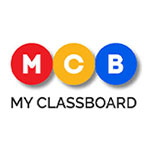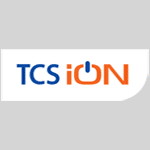Introduction:
Goal setting is a powerful and effective strategy for student success in the classroom. By setting clear and attainable goals, students can become more motivated, focused, and accountable for their own learning. In this blog, we will explore the concept of SMART goal setting for students, who use this theory in academic settings, the benefits of implementing academic goal setting, and the barriers that can sometimes prevent teachers from utilizing these strategies. We will also delve into the specific considerations for elementary, middle school, and high school goal setting.
SMART Goal Setting For Students in The Classroom:
SMART goals are a well-established framework for setting objectives that are specific, Measurable, Achievable, Relevant, and Time-bound. This approach provides a structured and systematic way to set and achieve goals. The following outlines the meaning of each component in SMART
1.Specific:
Goals ought to be unambiguous and well-defined eliminating any room for confusion. Students need to know precisely what they are aiming to achieve.
2.Measurable:
Goals should include concrete criteria that allow students to track their progress and determine when the goal has been met.
3.Achievable:
Goals should be realistic and attainable. Students should believe that with effort and commitment, they can reach their goals.
4.Relevant:
Goals should be relevant to student's academic needs and aspirations, ensuring that they are meaningful and worth pursuing.
5.Time-bound:
Goals need to include a definite timeframe or deadline. This adds a sense of urgency and helps students manage their time effectively.
Pioneers of Academic Goal Setting:
Several educational theorists and practitioners have recognized the importance of academic goal-setting for student success. Edwin Locke and Gary Latham are two prominent figures who introduced goal-setting theory in the academic context. Their work emphasized the impact of setting specific and challenging goals on motivation and performance.
In the classroom, teachers and educators have also played a significant role in applying this theory. They often incorporate academic goal setting as a fundamental practice to help students achieve their best. Through mentorship and guidance, teachers help students define and work toward their academic goals.
Benefits of Implementing Academic Goal Settings:
Implementing academic goal-setting in the classroom offers a wide range of benefits for both students and educators:
1.Increased Motivation:
Setting clear goals gives students a sense of purpose, motivating them to work harder and stay focused on their studies.
2.Enhanced Learning:
Students who set academic goals tend to become more actively engaged in the learning process, leading to improved comprehension and retention.
3.Improved Time Management:
Goal setting helps students organize their tasks, prioritize assignments, and manage their time more effectively.
4.Accountability:
With specific, measurable goals, students can track their progress and hold themselves accountable for their performance.
5.Higher Achievement:
Academic goal setting has been shown to lead to improved academic performance, as students strive to meet and exceed their objectives.
6.Self-Confidence:
Achieving goals boosts student's self-confidence and belief in their abilities, leading to increased self-esteem.
Elementary School Goal-Setting:
Elementary school is an important stage in a student's academic journey. Implementing goal-setting strategies in this setting can lay the foundation for future success. Here are some considerations for elementary school goal setting:
1.Simplified Language:
Goals should be expressed in a way that young children can understand. Using simple language and visuals can be helpful.
2.Short-term Goals:
Elementary students may benefit from setting short-term goals that are achievable in a relatively brief period.
3.Parental Involvement:
Involving parents in the goal-setting process can provide additional support and motivation for young learners.
Middle School Goal-Setting:
Middle school is a transitional phase, and goal-setting becomes more critical as students face increased academic challenges. Considerations for middle school goal-setting include:
1.Long-Term Goals:
Middle school students can begin to set longer-term goals that extend beyond the academic year.
2.Career Exploration:
Encouraging students to explore their interests and set goals related to potential career paths can be valuable.
3.Self-Reflection:
Middle school is an ideal time to introduce self-reflection as a tool for setting meaningful goals.
High School Goal-Setting:
High school is a crucial period for students, as they prepare for higher education and future careers. Goal-setting in high school should address:
1.College and Career Goals:
High school students can set goals related to college admissions, scholarship applications, and career aspirations.
2.Advanced Courses:
Goals can include achieving specific grades in advanced courses or earning college credit while in high school.
3.Independent Learning:
High school students can begin to take more responsibility for their goal-setting and tracking progress independently.
Barriers to Utilizing Goal-Setting Strategies:
While the benefits of academic goal-setting are clear, there can be barriers that prevent teachers from fully implementing these strategies:
1.Time Constraints:
Teachers often have a demanding schedule, leaving limited time for in-depth goal-setting with each student.
2.Lack of Training:
Not all educators are trained in goal-setting theory and may not have the necessary knowledge and skills to guide students effectively.
3.Large Class Sizes:
In classes with a high student-to-teacher ratio, it can be challenging to provide individualized attention to set and monitor goals.
4.Resistance from Students:
Some students may resist goal-setting, either due to a lack of interest or misconceptions about the process.
5.Lack of Resources:
In schools with limited resources, implementing goal-setting strategies may be challenging, as it often requires additional materials and tools.
Empowering Students with Smart Goals:
Academic goal setting is a powerful tool that empowers students to take charge of their education. By setting SMART goals, students gain motivation, direction, and a sense of accomplishment. The pioneers of academic goal-setting theory, along with dedicated teachers, have recognized the potential of this approach, and its benefits are evident in improved student performance and achievement.
While there may be barriers to implementing goal-setting strategies in the classroom, the benefits far outweigh the challenges. From elementary school to high school, academic goals-setting can be tailored to meet the development needs if students, providing them with the tools they need to excel academically and beyond.
Visit https://vikasconcept.com/ now! At Vikas Concept School, academic success is not left to chance but is carefully nurtured through the implementation of academic goal-setting strategies in the classroom. Following the SMART (specific, Measurable, Achievable, Relevant, and Time-bound) framework, the school empowers its students to set clear and attainable goals, promoting increased motivation, accountability, and self-confidence. Whether in elementary, middle, or high school, Vikas Concept School recognizes the importance of personalized goal setting and provides the guidance and support needed to help students define their educational objectives. By embracing the principles of academic goal-setting, Vikas Concept School ensures that each student is on the path to success, equipped with the skills and mindset to achieve their academic aspirations.
“Vikas Aims at Empowering Excellence with SMART Goal-setting in the Classroom.”















